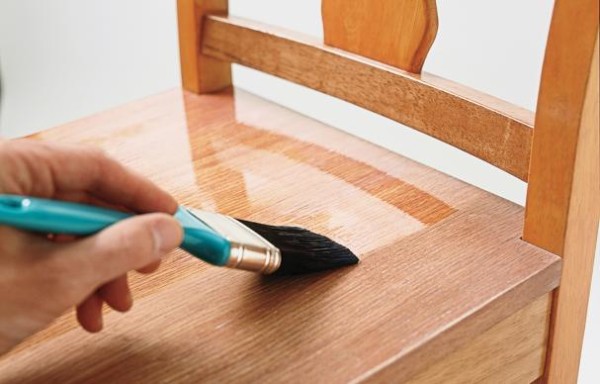
Painting can be a messy and time-consuming chore but a necessary one in many cases to protect wood surfaces from wear. Unfortunately, it doesn’t last forever, so consider it an ongoing issue, especially if we’re discussing outdoor projects. Having to paint house siding is one particularly big one.
You may wonder if there is a better way to protect wood than paint. And not just wood either; what about finding a durable concrete coating? One option is polyurethane. How does it measure up against paint around the house, inside and out?
What is Polyurethane?
If you are considering using polyurethane coatings, you need to know more about what you’re dealing with before you can compare it to using paint.
First, it’s a clear coating of liquid acrylic plastic used to protect surfaces. Plain polyurethane acts as a coating for existing treatments like paint or stain, but it will remove the grain in the wood if used alone. You can purchase tinted blends of polyurethane that will add more colour to your projects.
It comes in water-based and oil-based formulas, with the oil-based version being more robust and more durable. The water-based polyurethane dries much more quickly and has fewer fumes to it.
Comparing with Paint
When it comes to durability, there is no comparison. Polyurethane is far more challenging than paint and will last longer, especially in areas where knocks and scrapes are common (kitchen cabinets are a prime example).
You’ll get a much broader colour spectrum if you go with paint. Then again, you can have it both ways if you don’t mind the extra work and treat your surfaces with paint and then a coating of clear polyurethane.
Paint does win out in terms of cost, though. Poly products are more expensive, so most people don’t just use polyurethane their whole house.
Drying time also varies, depending on the specific products you are considering. Oil-based paints take long to dry, making them comparable to polyurethane products (dry to the touch in around 8 hours). Latex paints dry much quicker, less than 2 hours, making them a lot more suitable for some projects than using a poly product.
What about coverage? If your project intends to cover up marks, discolourations or other problems in the wood, then using just a poly coating won’t do the trick. It goes on a lot like a stain, meaning it’s somewhat translucent. For actual opaque coverage, you’ll need to stick with paint.
Can you put polyurethane over paint?
Yes, you can apply polyurethane over acrylic paint. Ensure the painted surface is clean and dry, then use a compatible polyurethane. Test in a small, inconspicuous area before applying to the entire surface.
As you can see, there are a lot of different aspects of these two products that set them apart. For protection and durability, the polyurethane coating is your best choice, but for most standard household projects, you can stick with paint. Using both may be time-consuming, but it can provide the best of each one.




 POSTED BY
POSTED BY 

